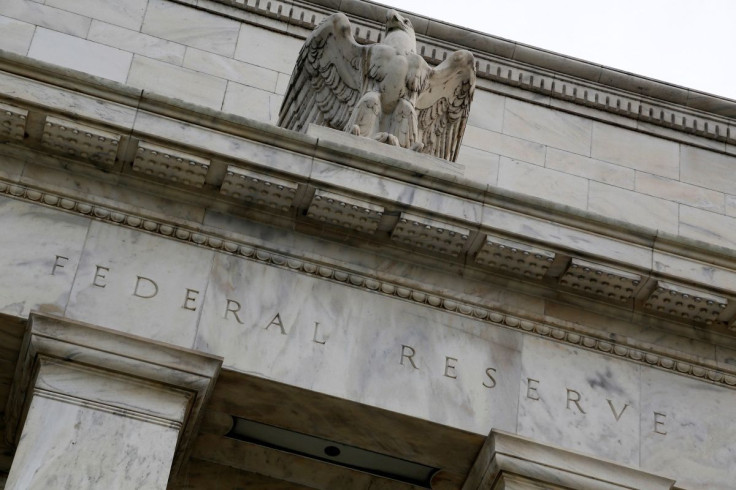All Fed Officials Backed May Rate Hike, 'Most' Saw Half-point Rises In June And July, Minutes Show

All participants at the Federal Reserve's May 3-4 policy meeting backed a half-percentage-point rate increase to combat inflation they agreed had become a key threat to the economy's performance and was at risk of racing higher without central bank action, newly released minutes of the session showed.
The 50-basis-point rate increase this month was the first of that size in more than 20 years, and has set the Fed on course for a quick tightening of monetary policy, with "most participants" judging that further half-percentage-point increases would "likely be appropriate" at upcoming Fed sessions in June and July, according to the minutes, which were released on Wednesday.
"All participants concurred that the U.S. economy was very strong, the labor market was extremely tight, and inflation was very high," the minutes said, with risks of even faster inflation "skewed to the upside" given ongoing global supply problems, the Ukraine war, and continued coronavirus lockdowns in China.
In that context, "participants agreed that the (Federal Open Market) Committee should expeditiously move the stance of monetary policy toward a neutral posture ... They also noted that a restrictive stance of policy may well become appropriate."
"Many participants" judged that getting rate hikes in the books now "would leave the Committee well positioned later this year to assess the effects of policy firming."
The minutes show the Fed grappling with how best to navigate the economy towards lower inflation without causing a recession or pushing the unemployment rate substantially higher - a task "several participants" at the meeting this month said would prove challenging in the current environment.
"A number" of Fed participants said data had begun to indicate that inflation "may no longer be worsening."
But even they agreed it was "too early to be confident that inflation had peaked."
The economy, meanwhile, remained strong, with households in such good shape that Fed officials said it might be harder to get them to stop spending and take the pressure off of prices.
With little certainty, officials have begun laying out a broad range of positions around what might happen after the upcoming rate hikes, from an outright pause in rate increases this fall to calls for an aggressive string of half-percentage-point hikes at the September, November and December meetings.
Inflation data has yet to show a convincing turn lower from the levels that have unnerved Fed officials and drawn comparisons with the inflation shocks of the 1970s and early 1980s. The Fed's preferred measure of inflation is running at more than three times the central bank's 2% target.
Some analysts, meanwhile, have raised their risks of recession, and investors in contracts linked to the federal funds rate have of late pared back their estimates of how high interest rates will rise.
© Copyright Thomson Reuters 2024. All rights reserved.





















